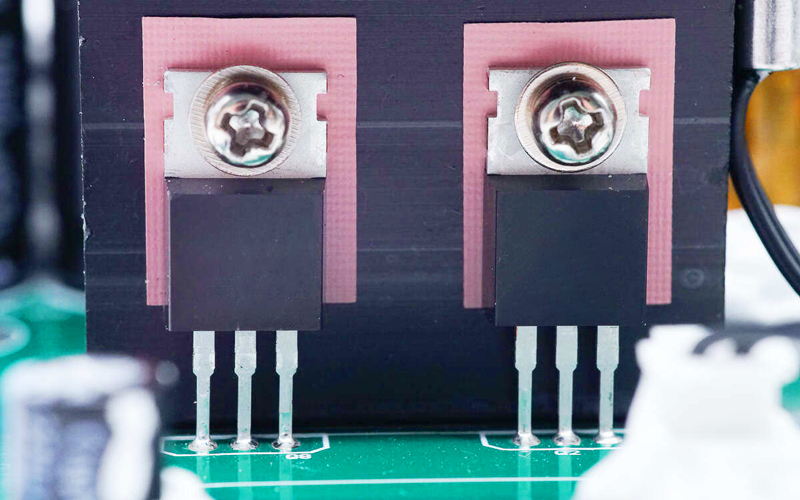Tailored Thermal Management Materials Can Make Heat Dissipation More Efficient
- Posted on:2024-05-21 09:47:00
- Source:AOK Thermal Pad Manufacturer Company News
Tailored thermal management materials play a crucial role in improving heat dissipation and making it more efficient. In systems where cooling pad and forced convection is available to move heat generated in electronics into the ambient environment, the major bottleneck in the heat transmission chain is the thermal interface between solid bodies, which the flow of heat is required to bridge.
Enhanced thermal conductivity: Advanced thermal management materials, such as thermal interface materials (TIMs), are engineered to have high thermal conductivity. These materials facilitate the efficient transfer of heat from heat-generating components to heat sinks or other cooling mechanisms. By reducing thermal resistance, they enable better heat dissipation and prevent overheating.
Customized solutions: Tailored thermal management materials can be designed and optimized for specific applications, taking into account factors such as operating temperatures, power densities, size constraints, and material compatibility. This customization ensures that the material's thermal properties align with the requirements of the particular system, maximizing heat dissipation efficiency.
Gap-filling capabilities: Many thermal management materials, such as thermal interface pads or gap fillers, possess the ability to conform and fill gaps between uneven surfaces. This ensures intimate contact between the heat source and the cooling solution, eliminating air gaps that impede heat transfer. Improved contact minimizes thermal resistance and enhances heat dissipation.
Phase change materials (PCMs): PCMs are thermal management materials that undergo a phase transition (solid to liquid or vice versa) with temperature changes. They can absorb and release large amounts of heat during the phase transition, effectively regulating temperatures. PCMs are particularly useful in applications where transient or high heat loads occur, providing efficient heat dissipation and temperature stabilization.
Structural integration: Some thermal management materials can serve a dual purpose by providing both structural support and heat dissipation capabilities. For example, thermally conductive resins or compounds can be used as adhesives, encapsulants, or potting materials, ensuring mechanical stability while efficiently transferring heat away from critical components.
Reliability and longevity: Tailored thermal management materials undergo rigorous testing and validation to ensure their long-term performance and reliability. They are designed to withstand harsh operating conditions, including temperature cycling, thermal expansion, and mechanical stresses. This ensures that the heat dissipation solution remains effective throughout the lifespan of the system or device.
Optimization for specific industries: Thermal management materials are developed with specific industries in mind, such as automotive, electronics, aerospace, and energy. They are engineered to meet the unique thermal challenges and requirements of these industries, enabling efficient heat dissipation in demanding environments.
By utilizing tailored thermal management materials, manufacturers can significantly improve heat dissipation efficiency, increase component reliability, and enhance overall system performance. These materials are designed to address the specific thermal needs of different applications, providing optimized solutions for effective heat management.
If you would like to learn more about AOK performance thermal materials, please visit our website at www.aok-technologies.com


